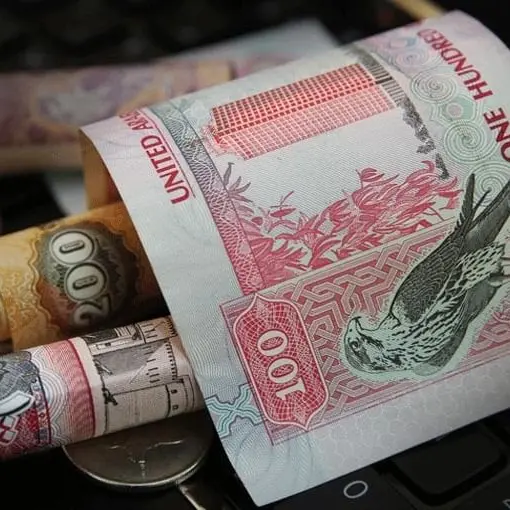PHOTO
NEW YORK - Benchmark U.S. Treasury yields fell to five-week lows on Wednesday and inversions in key parts of the yield curve deepened ahead of the Federal Reserve's release of minutes from its June 14-15 meeting.
The U.S. central bank hiked rates by 75 basis points last month, its largest interest rate increase in more than a quarter of a century, following data that showed inflation rising faster than expected.
Yields soared in the run-up to the meeting as investors prepared for an aggressive rate hike, before dropping sharply as markets adjusted for the prospect of an economic downturn as a result of the Fed’s monetary tightening.
“The macro narrative has shifted from inflation to growth and it’s very topical that there’s the risk of a recession in the next 12 months,” said Ian Lyngen, head of U.S. rates strategy at BMO Capital Markets in New York.
Investors will be looking for clues on the size of further rate hikes and what might make the Fed pare back its hawkish policy. That said, a sharp drop in oil and commodity prices since the meeting have likely made any insights in the minutes out of date, said Lyngen, noting that “two weeks in a market like this can be a lifetime.”
Investors have pared back expectations on how high the U.S. central bank will raise its benchmark rate as concerns about an economic downturn increase.
Fed funds futures traders are pricing for the Fed’s benchmark rate to peak at 3.25% in February, down from expectations before the June meeting that it would increase to around 4% by May. It is currently 1.58%. The two-year, 10-year part of the Treasury yield curve reached minus 4 basis points, after inverting on Tuesday for the first time in three weeks, a move that is seen as a reliable indicator that a recession will follow in one-to-two years.
The two-year, five-year part of the curve also reached minus 3 basis points, after inverting on Tuesday for the first time since Feb. 2020. Benchmark 10-year yields were last at 2.769%, the lowest since May 27. They have fallen from 3.498% on June 14, the highest since April 2011. The 10-year yields have closed a gap from late May, when yields began to spike. A drop below the 2.70% area, just below May’s low of 2.706%, could open the door to further declines to the 2.50% area, Lyngen said.
Two-year Treasury yields were at 2.792% and are down from 3.456% on June 14, which was the highest since November 2007. Inflation expectations also dropped, with breakeven rates on five-year Treasury Inflation-Protected Securities (TIPS), a measure of expected annual inflation for the next five years, last at 2.49%, the lowest since Nov. 2021.
The next major U.S. economic release will be Friday’s jobs report for June. Economists polled by Reuters expect employers to have added 268,000 jobs during the month.
(Additional reporting by Dhara Ranasinghe in London; editing by Barbara Lewis)





















